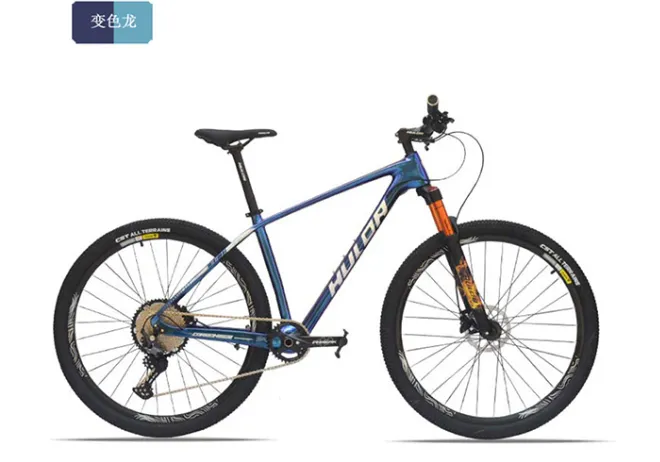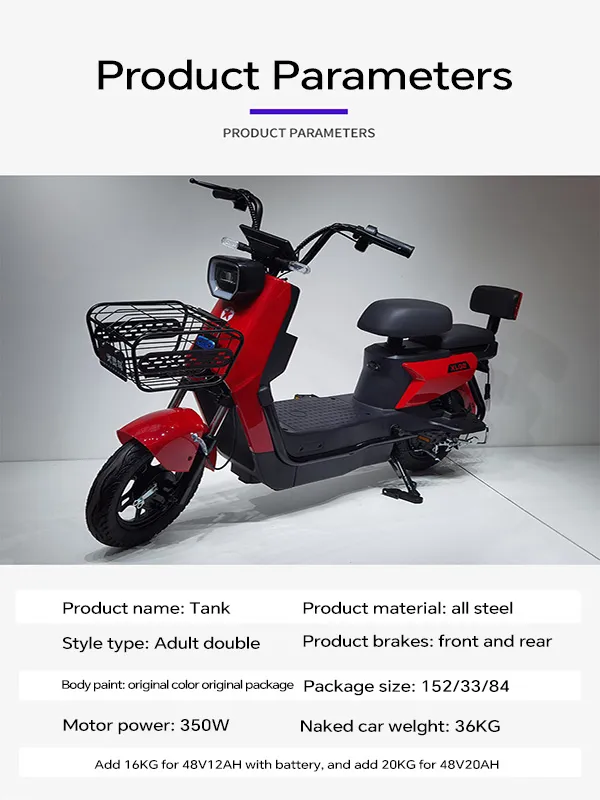Mar . 07, 2025 05:13 Back to list
27.5/29 "Color-Changing Carbon Fiber Mountain Bike 12 Variable Speed Mountain Bike Dirt Bike


Authoritativeness in this arena is underscored by extensive testing and feedback from professional riders. Many top-tier brands collaborate with athletes to refine their products under competitive conditions, resulting in shifters that can withstand rigorous use and extend their lifespan. Endorsements by recognized figures in the mountain biking community provide further validation, bolstering the credibility of these sophisticated components. On the matter of trustworthiness, potential buyers should look for certifications and warranties provided by manufacturers. Industry standards for electronic components and durability are crucial markers of quality. Additionally, customer reviews and user experiences found on reputable forums and review sites can offer invaluable insights into the real-world functioning of these shifters. A robust customer service framework also indicates a company's confidence in their product and commitment to customer satisfaction, ensuring that riders have support when needed. In conclusion, electric mountain bike shifters are not just a component but a critical feature that enhances the biking experience. By understanding the nuances of shifter types, seeking expert recommendations, and ensuring the authority and trustworthiness of the products, riders can significantly enhance their adventures. As technology continues to advance, the symbiosis between electric mountain bikes and their gear mechanisms promises an exhilarating future for enthusiasts and professionals alike.
-
Discover Top E Bike Brand Insights, Specs & Future Trends | Yanline Bike
NewsNov.24,2025
-
Green E Bike – The Future of Sustainable Urban Mobility
NewsNov.24,2025
-
Ruffian eBike: Durable, Efficient Electric Bikes for Modern Mobility
NewsNov.23,2025
-
Comprehensive Guide to the Global E Bike Market and Future Trends
NewsNov.23,2025
-
Understanding Electric Bicycle Range: A Complete Guide for Smarter E-Bike Use
NewsNov.22,2025
-
Ceron Electric Bike – Efficient, Sustainable Urban Mobility Solutions
NewsNov.22,2025
-
Discover the Benefits and Innovations of Go Ebike | Sustainable Urban Mobility
NewsNov.22,2025




